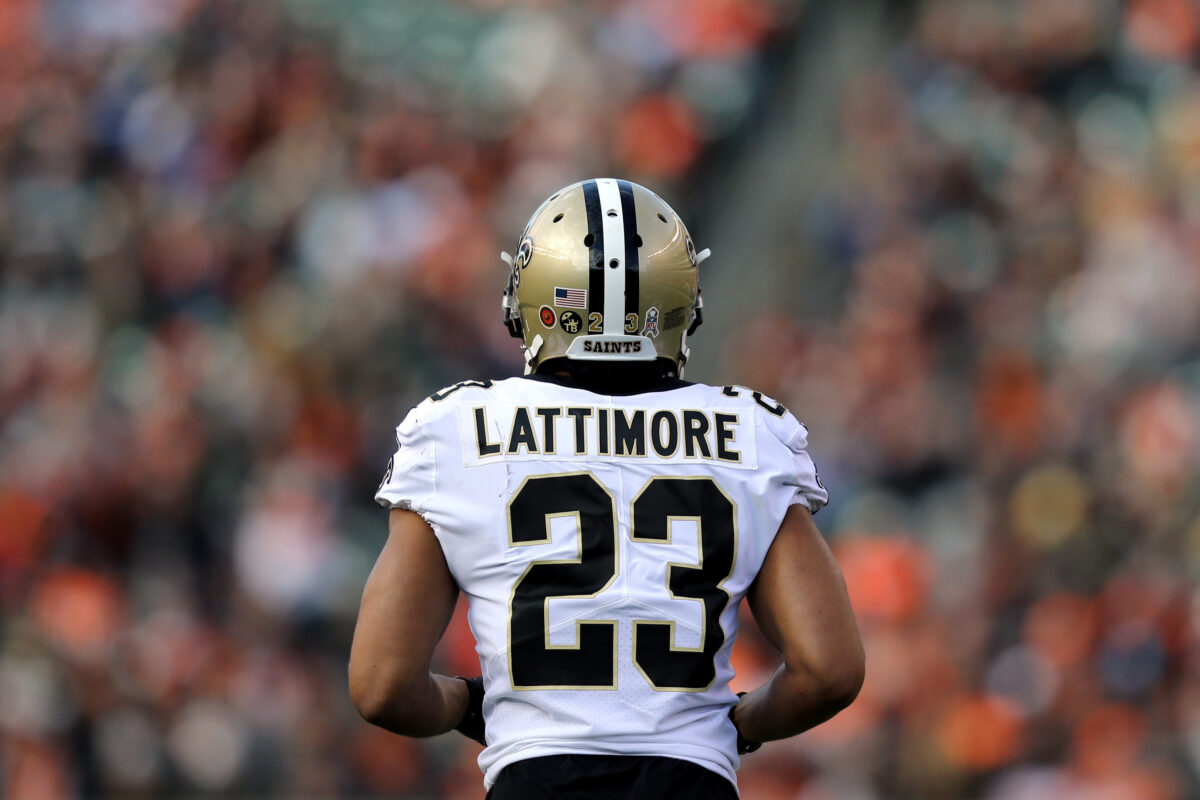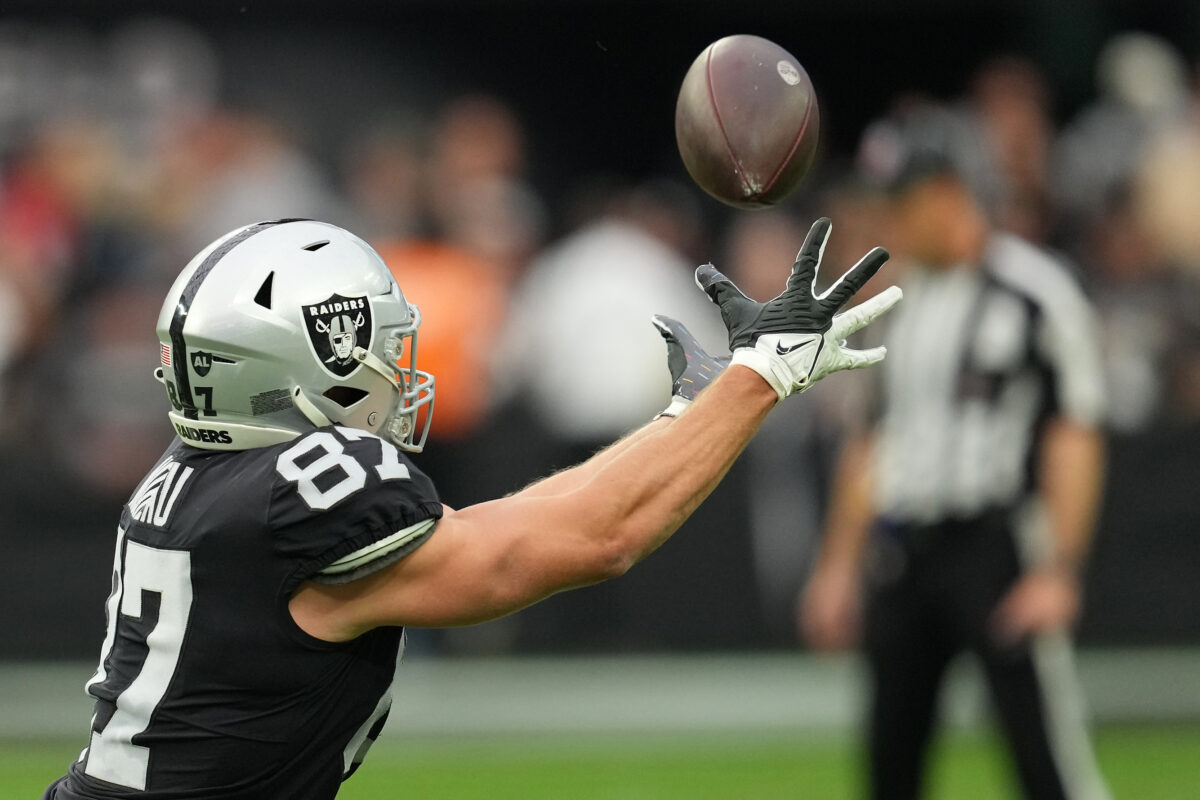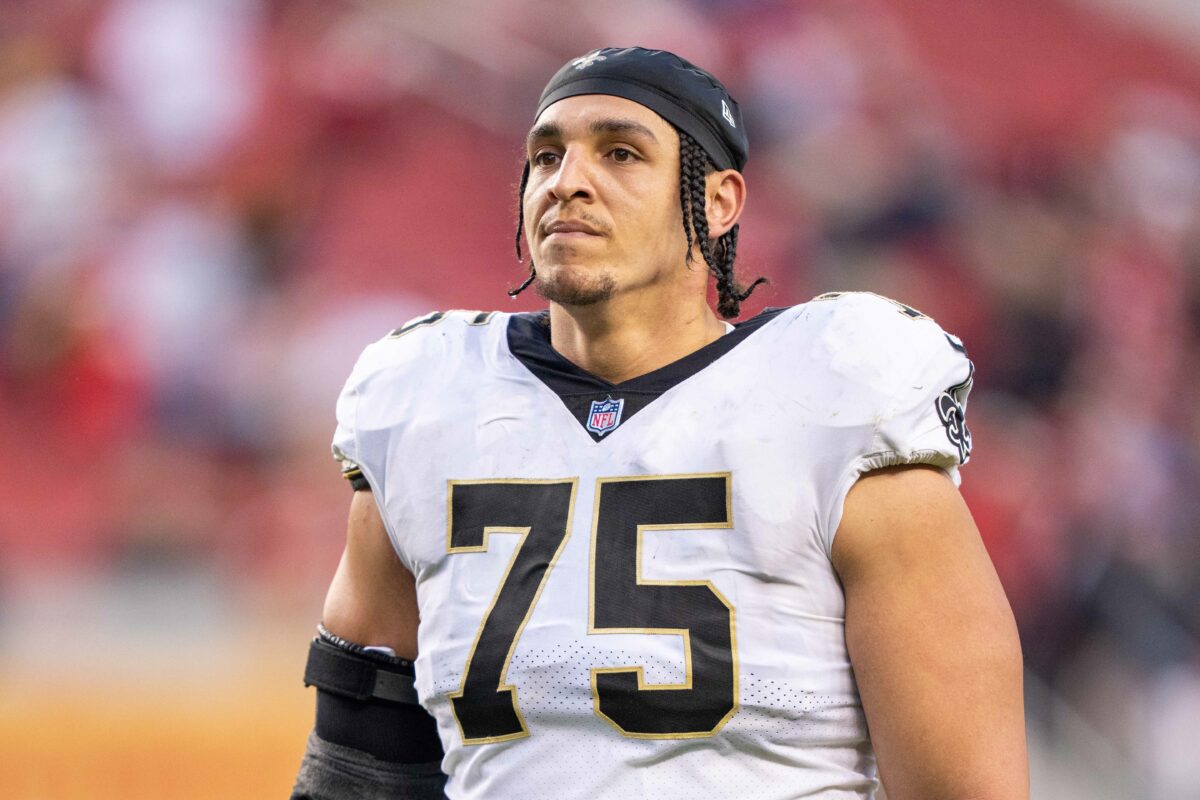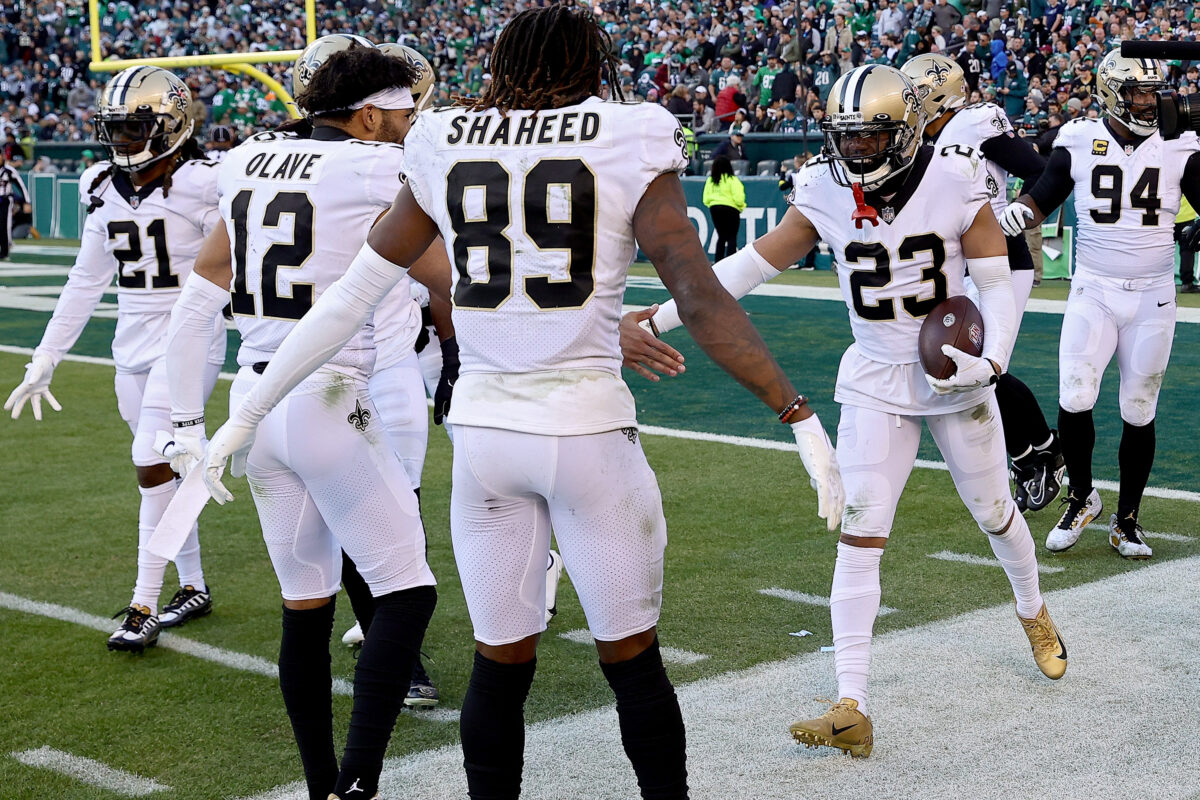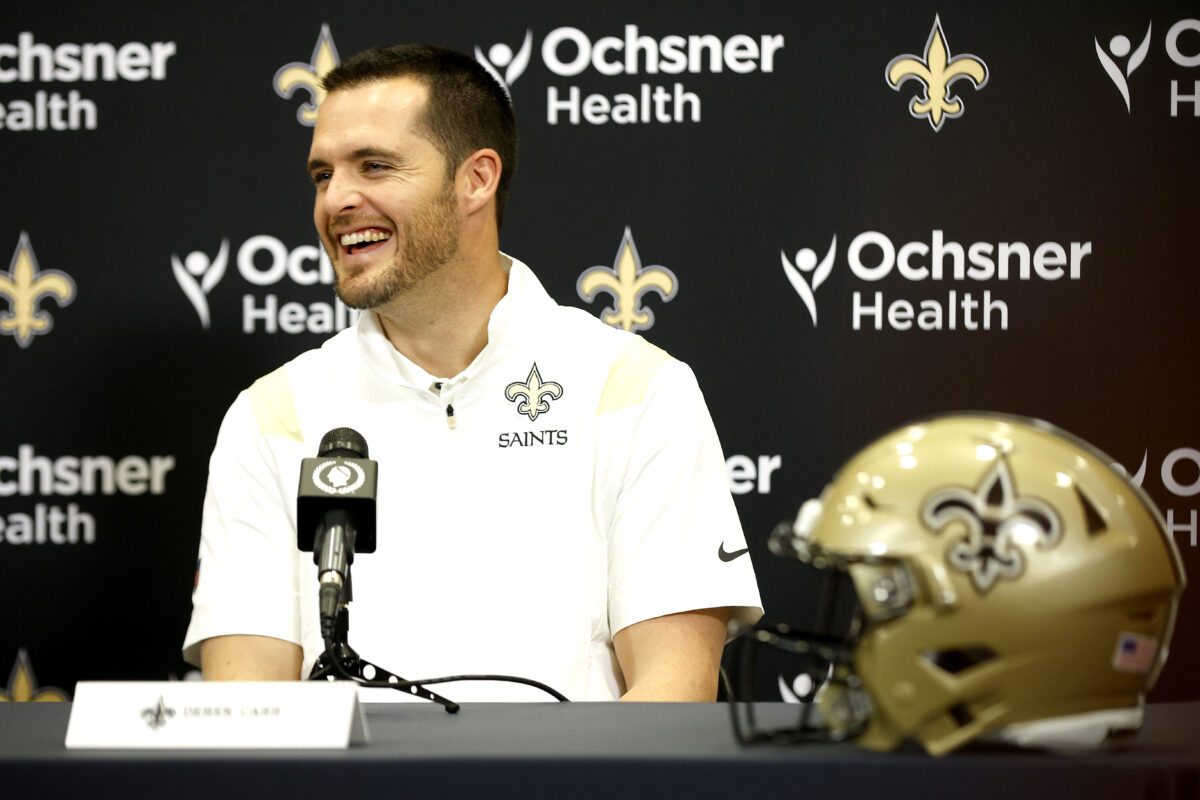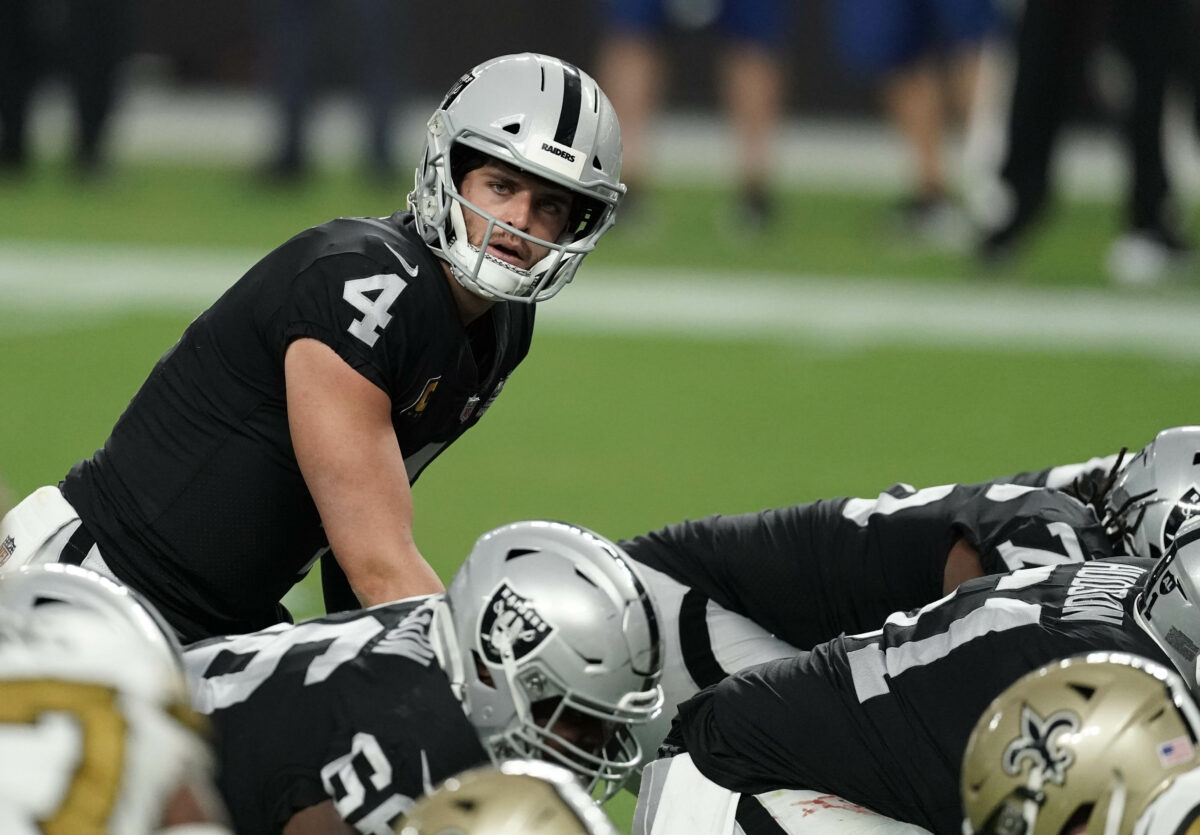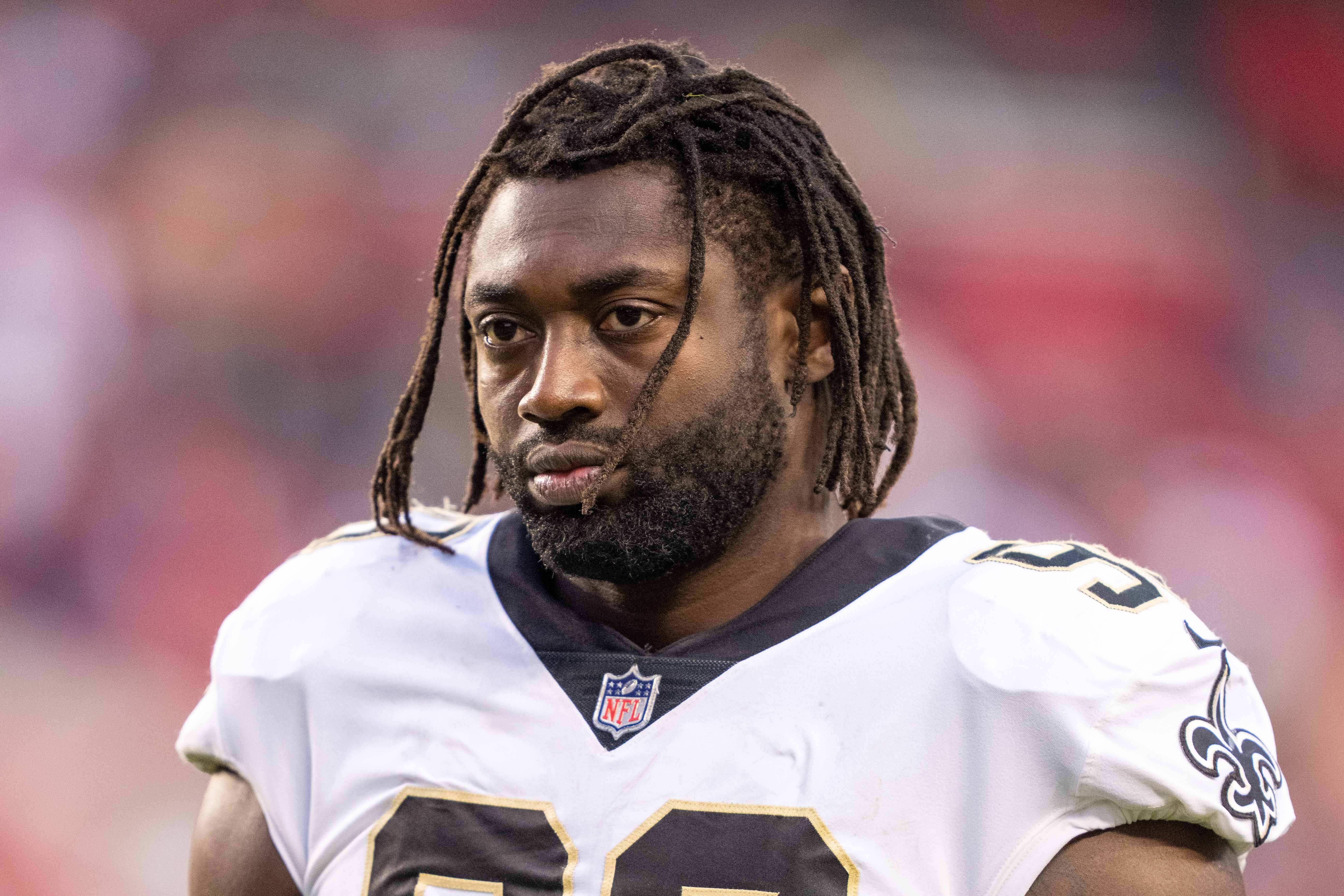Has Marshon Lattimore already played his last game as a member of the New Orleans Saints? When he’s healthy and locked in, Lattimore is the best player on the field, shutting down the league’s best receivers and making game-changing plays. But an unusual contract restructure has made a trade more likely this offseason, or at least more acceptable for the Saints’ accountants.
Thanks to good reporting from NewOrleans.Football’s Nick Underhill, we have a better understanding of this unique restructure. The majority of restructures that the Saints and other teams carry out are simple conversions of base salary to signing bonus, which makes it tougher to get out of those contracts.
In this case, Underhill reports, the Saints converted most of Lattimore’s salary to an option bonus that will be paid out a week before the 2024 season kicks off — and be paid by his new team, not New Orleans, in the event of a trade.
This restructure reduced his salary cap hit from $25.6 million to $14.6 million. If Lattimore is traded before June 1 (opening the door for compensation in 2024 draft picks), the Saints would have to pay more than $30.4 million in dead money while he’s playing for another team. If the draft pick compensation is strong enough it might make sense.
But if they wait until June 2, they would only pay $13.4 million in dead money in 2024 and roughly $20.8 million in 2025. That’s much easier to work with. The Saints carried a combined $21.7 million in dead money for David Onyemata, Marcus Davenport, and Malcolm Jenkins this year.
That’s still a lot of money, and it would mean the Saints are not getting any picks back in the 2024 draft (which is the main concern here). But if the Saints want to extend Paulson Adebo’s contract long-term and either ride with Isaac Yiadom or move Alontae Taylor back outside, there are enough positives — from the Saints’ point of view — to trading Lattimore. If Lattimore wants out, it’s a big positive for him, too.
So this doesn’t mean a trade is going to happen. Lattimore has not requested a trade and the Saints are not even allowed to talk with other teams about a trade until the offseason. And it takes two to tango. Lattimore is a rare talent but he’s got an injury history and it’s uncertain how much an acquiring team would be willing to spend to get him before even paying him themselves. But none of this happened accidentally. If Lattimore and the Saints are headed for a split, this is going to be the first real step.
[lawrence-auto-related count=4]
